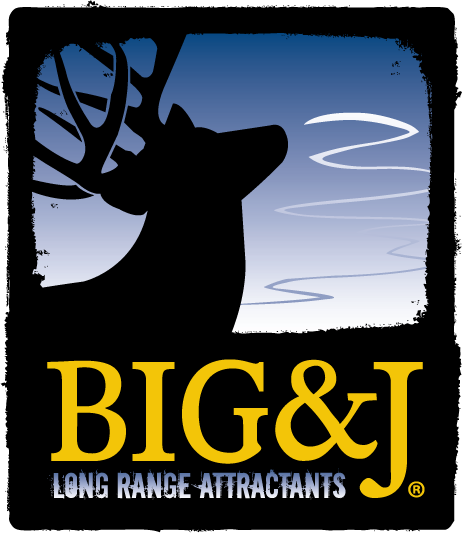By: Heath Wood
To help paint a picture of how patternable the whitetail deer can be during the summer, I would like to detail an event that occurred last year.

In late August, my wife and son traveled along for the ride while checking cameras and filling feeders. Our last stop was a feeding site that sat slightly out of sight of the gate from the farm's main entrance. I had a cellular camera on a tree overlooking the feeder at this site. After filling the feeders with Big and J’s Apple Flavored BB2, we returned to the truck and proceeded to make the two-minute ride from the feeder to the gate. I opened my truck door to unlock and open the gate when my phone signaled a notification from my game camera. “You have got to be kidding me,” I said in disbelief. Looking at my wife and son, I rotated the phone towards them so they could see that there were already two deer standing under the feeder.
They had to have been slightly out of sight while I filled the feeder, and after driving away, they made their way directly to the BB2 and began to eat.
In the late summer months of August and early September, deer have an easily patternable daily travel route. Typically, a deer will feed in the early mornings when it is cool, bed throughout the day, then return to food sources during the evening, where they will continue to feed throughout the night. Besides an occasional stop at a water source, the deer's daily travel route is food to bed. When deer visit a supplemental feeding site such as a feeder, the task of patterning their route becomes more straightforward.
As summer fades and the fall hunting season opens across the county, most deer are still in a summer pattern. When temperatures are warm, deer typically try to find the easiest route from a food source to their bedding area. The less they must travel, the cooler their body temperatures remain. This knowledge can help the early season bowhunter trying to intercept deer between travel destinations. Most of the time, in between a food source and a bedding area is the ideal stand location to hunt. However, in some states, baiting and hunting over bait are allowed. (check your local state regulations before hunting)

In states where bait is legal, hunters can use long-range attractants such as BB2, Deadly Dust, and Pour-It-On or BB2 liquids to create a strategic travel route for hunting between two feeding destinations. For the first location, the hunter should have an area that deer are familiar with and have been routinely visiting throughout the summer or at least a month before hunting. It is essential to use the same product for an extended period. For example, only put BB2 original or apple flavor BB2 in a feeder or on the ground in the primary feeding station. The goal is to make deer return to something they want to eat; BB2 is the ideal product to keep deer returning on a routine basis. After the primary feeding station has been established for an extended period, a secondary feeding station can be added at another location.

Before establishing a second feeding station, it is vital to have a treestand or blind already in place. The second station should be at least one hundred yards away, yet ideally, it should be three to four hundred yards away from the primary station. A different flavor or type of product should be used at the second station. The goal is to give the deer a reason to go between the two locations. If the same product is in both areas, there is no reason for deer to travel, making it less likely that the hunter will harvest a deer using this method. At the second location, hunters can use products such as Deadly Dust or whole corn mixed with Pour-It-On Liquid in Molasses or Persimmon flavor. The Pour-It-On liquid gives deer a different smell that attracts them to the area, and the corn gives a variety of food. Deer will naturally travel between the two feeding sites throughout the early mornings or evenings during the early season. When the hunter is positioned in between the two sites, the chances of having deer travel within shooting range increases dramatically.

